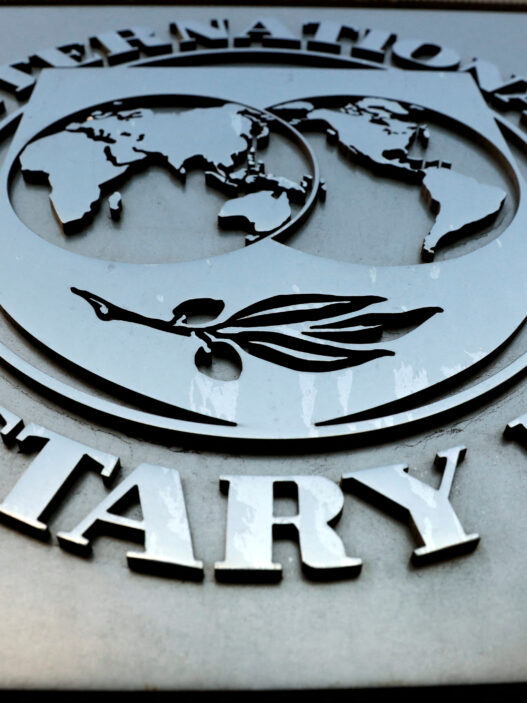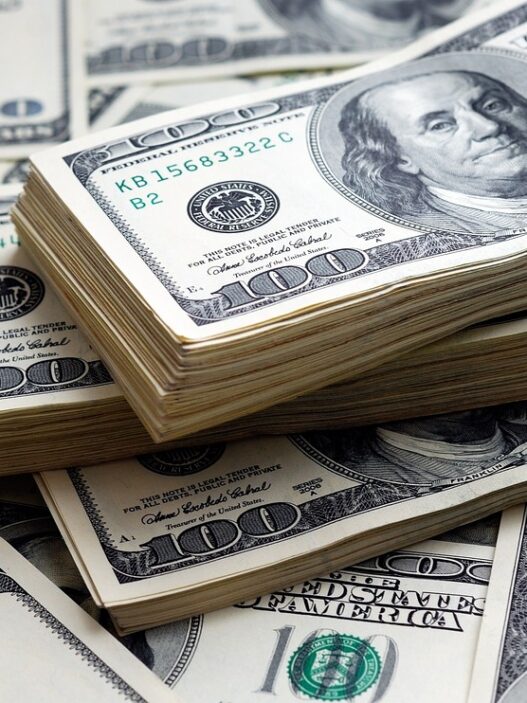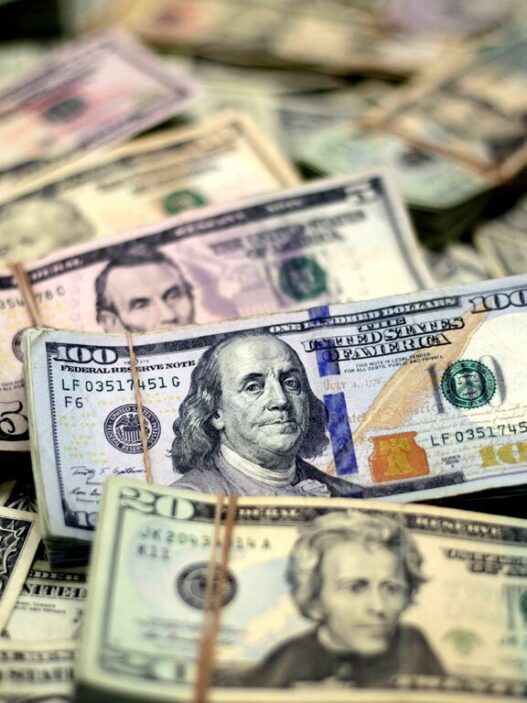The Shopping Spree Continues?
Powered by MasterCFA.com
What Happened?
Barclays’ recent cross-sector analysis for Q4 2024 reveals that the US consumer remains in a relatively healthy state. Despite facing potential headwinds from policies and geopolitical uncertainties, consumers have largely benefited from strong tailwinds entering the fourth quarter. However, subtle signs of slowing consumption growth are beginning to emerge, particularly in credit card data.
Key findings include:
- Summer spending data was solid, indicating consumers have maintained a strong footing.
- A divergence in consumer behavior across income levels is becoming apparent.
- Higher-income households continue to spend, while lower-income consumers are cutting back on discretionary purchases.
- The upcoming holiday season may see more bifurcated spending patterns.
- September data showed some weakness in back-to-school spending, potentially signaling a weaker end-of-year retail performance.
Why Does This Matter?
Impact on the Economy
The state of US consumer spending has significant implications for the overall economy:
- Economic Growth: Consumer spending is a major driver of economic growth. A healthy consumer base contributes to sustained economic expansion and helps in avoiding recession risks.
- Labor Market: Strong consumer spending supports job creation and wage growth, creating a virtuous cycle between spending, hiring, and income.
- Monetary Policy: The Federal Reserve closely monitors consumer behavior when making decisions about interest rates and other monetary policies.
- Currency Valuation: The strength of US consumption has contributed to maintaining historically elevated dollar valuations.
Personal and Business Effects
- For Families:
- Higher-income households may continue to enjoy relatively stable financial conditions.
- Lower-income families might face increased financial stress, necessitating budget adjustments and prioritizing essential expenses.
- For Businesses:
- Retailers may need to adapt their strategies to cater to diverging consumer behaviors across income levels.
- Companies might face challenges in maintaining sales growth, particularly in discretionary categories.
- Businesses catering to lower-income consumers may need to focus more on value propositions.
Theoretical Concepts in Action
Economic Theories at Play
- Consumer Behavior Theory: The divergence in spending patterns between higher and lower-income consumers illustrates the income effect on consumption. As income levels change or economic uncertainty increases, consumers adjust their spending habits accordingly.
- Business Cycle Theory: The current state of consumer spending and its potential softening align with the concept of economic cycles. The economy may be transitioning from an expansion phase to a potential slowdown.
- Monetary Policy and Interest Rates: The Federal Reserve’s decisions on interest rates, as mentioned in the article, relate to the theory of monetary policy. Changes in interest rates can influence consumer spending and borrowing behavior.
- Exchange Rate Determination: The strength of the US dollar, partly attributed to robust consumer spending, demonstrates the relationship between economic fundamentals and currency valuation.
Real-World Application
- Consumer Behavior Theory in Action: During the 2008 financial crisis, consumer spending patterns diverged significantly across income levels. Higher-income households maintained relatively stable spending, while lower-income groups drastically reduced discretionary purchases. This mirrors the current situation, albeit on a smaller scale.
- Business Cycle Theory Applied: The dot-com bubble burst in the early 2000s exemplifies how changes in consumer sentiment and spending can signal shifts in the business cycle. As consumer confidence waned, it contributed to the economic downturn.
- Monetary Policy Effects: Following the 2008 financial crisis, the Federal Reserve implemented near-zero interest rates to stimulate consumer spending and economic growth. This policy had a significant impact on consumer behavior, encouraging borrowing and spending.
- Exchange Rate Dynamics: The strong US dollar during the mid-1980s, known as the “Plaza Accord” era, was partly driven by robust US economic growth and consumer spending. This historical example illustrates how consumer strength can influence currency markets.
What Could Happen Next?
- Continued Bifurcation: The gap between higher and lower-income consumer spending may widen further, potentially leading to a more polarized retail landscape.
- Holiday Season Performance: If the weakness in back-to-school spending is indicative of a broader trend, we might see a softer-than-expected holiday shopping season.
- Credit Market Developments: While delinquencies are not currently a major concern, continued monitoring is crucial. Any significant increase in delinquencies could signal broader economic stress.
- Policy Responses: If consumer spending weakens significantly, we might see policy responses such as fiscal stimulus or monetary easing to support the economy.
- Dollar Valuation: Changes in consumer spending patterns and economic growth expectations could influence the US dollar’s strength in global currency markets.
Why You Should Pay Attention
Understanding consumer spending trends is crucial for making informed personal finance and investment decisions:
- Career Planning: Knowledge of consumer behavior can help you identify growing industries and job opportunities, potentially boosting your earning potential.
- Investment Strategies: Recognizing shifts in consumer spending can guide your investment decisions, helping you identify promising sectors or companies.
- Personal Budgeting: Awareness of broader economic trends can inform your personal financial planning, helping you prepare for potential economic changes.
- Business Insights: For entrepreneurs or business professionals, understanding consumer trends is essential for developing successful products, services, and marketing strategies.
- Economic Literacy: A solid grasp of consumer spending dynamics enhances your overall economic literacy, making you a more informed citizen and decision-maker.
Questions to Ponder
- How might the upcoming US presidential election impact consumer confidence and spending patterns across different income groups?
- What strategies could retailers adopt to navigate the potential bifurcation in consumer spending during the holiday season?
- How might the Federal Reserve’s monetary policy decisions in the coming months affect consumer behavior and the overall economic outlook?
- If consumer spending continues to soften, what sectors or industries might be most vulnerable, and which might prove more resilient?
- How can individuals and businesses best prepare for potential shifts in consumer spending patterns and economic conditions?
Keep Learning with MasterCFA: Staying informed about consumer spending trends and their economic impacts is essential for any budding analyst. Dive deeper into these topics to enhance your understanding and prepare for the CFA Exam. Explore more insightful articles and resources with MasterCFA to stay ahead in your finance career.















